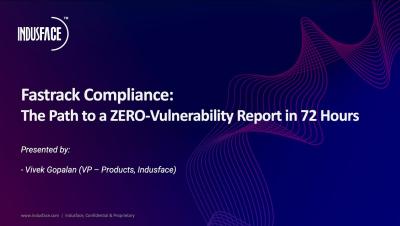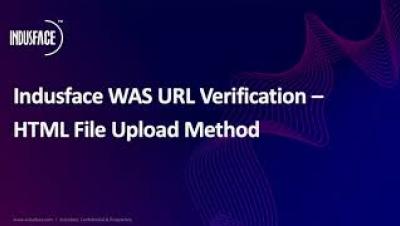CSRF Attacks: Risk Analysis, Protection, and Anti-CSRF Tokens
Cross-Site Request Forgery (CSRF) remains a continuing threat, exposing user data and application integrity. However, with proactive measures like anti-CSRF tokens and additional defenses, you can protect your applications against CSRF attacks. Let’s delve into the depths of CSRF vulnerabilities and explore practical strategies to boost your web application security.









